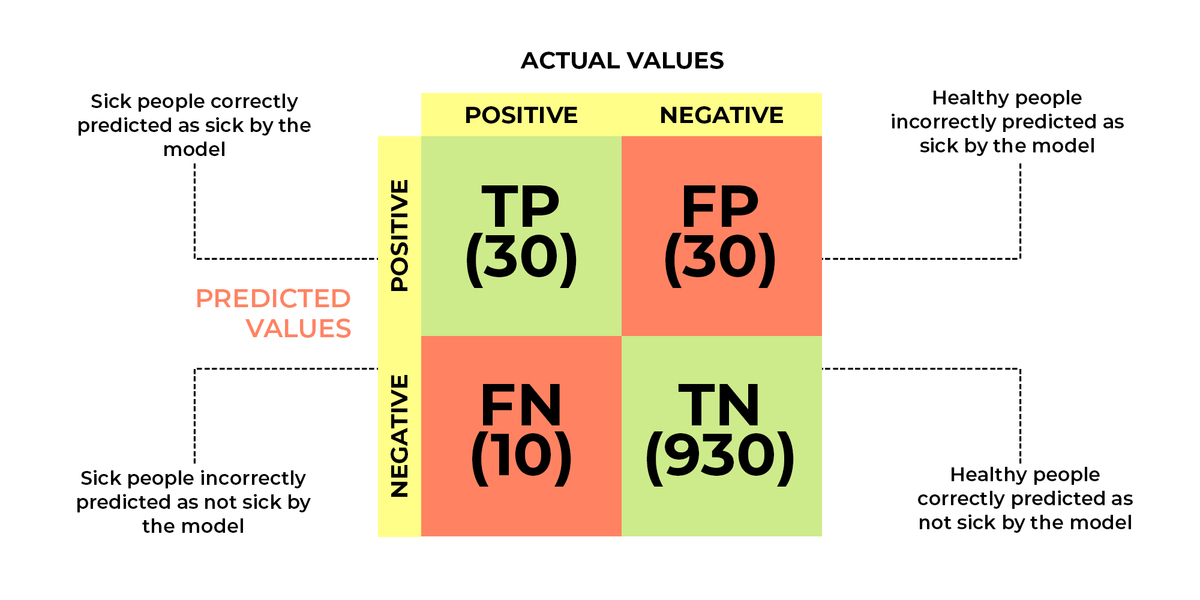
We’ve all been there—stuck on hold with customer service, navigating a confusing website, or walking away from a store with a lukewarm feeling. These moments, big or small, contribute to customer sentiment—the overall impression customers have of their interactions with a brand.
Customers experience a range of emotions throughout their brand journey, and these feelings are known as customer sentiment. Customer sentiment is key to boosting your CSAT (customer Satisfaction Score).
Even in positive overall experiences, specific touchpoints might fall short, and identifying these areas for improvement is difficult without customer feedback. Here’s where sentiment analysis comes in.
In essence, sentiment analysis helps businesses understand if customer reactions are positive, negative, or neutral. Let’s delve deeper into why analyzing customer sentiment is crucial.
Why is it Important to Measure Customer Sentiment?
Sentiment analysis helps better understand how consumers perceive your brand and improves customer-focused KPIs. It outlines what they do and don’t like so that you can make smarter, data-driven decisions. Some important customer-centric KPIs are:
- Customer Satisfaction (CSAT) – a measure of the extent to which customers are satisfied with a product or service
- Net Promoter Score (NPS) – a metric that determines consumers’ loyalty towards a brand along with the likelihood of them recommending it to a friend
- Customer Effort Score (CES) – a measure of the effort customers have to put in for interacting with your brand.
Sentiment analysis works like a charm to provide accurate inputs for these KPIs. They automatically identify the customer tone, emotion, and urgency of various tickets to assign them a positive, negative, or neutral tag.
If you are intrigued to know more about elevating customer experience with the help of sentiment analysis, this post will help.
Measuring the Performance of Your Sentiment Analysis Model
Although sentiment analysis tools are meant to help you determine how consumers view your brand, not all of them are good at what they do. So, if you’re going to use them, it is best to understand their approach to performance and accuracy measurement.
The method to calculate may vary in algorithms but the core concepts to evaluate them are the same.
To measure the performance of the model, there are some important metrics you need to consider; accuracy, recall, precision, and F1 score. In order to understand these better, let’s take a brief look at an example.
1000 patients were tested for a virus, of which 30 were positive. Now, if this result were to be given through a machine learning algorithm, it would be classified into the following categories:
- A person who tested positive for the virus and received a positive report would be classified as “TRUE POSITIVE.” (TP)
- A person who tested negative for the virus and received a negative report would be classified as “TRUE NEGATIVE.” (TN)
- A person who is actually negative and received a positive report would be classified as “FALSE POSITIVE.” (FP)
- A person who is actually positive and received a negative report would be classified as “FALSE NEGATIVE.” (FN)
The desirable results would be “true positive” and “true negative,” but due to misclassifications, the results can also include false positives and false negatives. This happens because no ML algorithm is perfect and sometimes the predicted result isn’t the same as the actual result.
Therefore, there are two types of values: predicted and actual. Predicted values are referred to as “positive and negative,” while actual values are often termed “true and false.”
These values make up the confusion matrix, a popular measure used to solve classification problems. Here’s a sample of the same.

Now, let’s take a look at the key metrics that must be tracked in a sentiment analysis model.
- Accuracy: Accuracy represents the number of correct data returned in an instance, over the total number of instances.Thus, the formula to calculate accuracy is:

In the above-mentioned case, the accuracy of the model would be 0.96
However, it is not a great measure when the data sets are unbalanced. - Recall: Recall is calculated from a set of results out of a processed document. Lower recall translates to higher false negatives, while higher recall means fewer false negatives. Therefore, 1 is the ideal value for recall.Thus, the formula to calculate recall is:

In the above-mentioned case, the recall of the model would be 0.75
- Precision: Precision measures the accuracy of a classifier, and should preferably be 1. Lower precision means that the number of false positives is higher, while higher precision translates to fewer false positives.Thus, the formula to calculate precision is:

In the above-mentioned case, the precision would be 0.50
- F1 Score: The F1 score is a critical measure to track, for it is the harmonic mean of Precision and Recall values. As we already know, the recall and precision should be 1 in a quality sentiment analysis model, which would only be possible if FP and FN are 0. True values are desired in a confusion matrix, while false values are not welcome.So, we cannot simply use one metric to judge a system as precision in the results would not be guaranteed. Hence, the F1 score comes in handy as it provides a broader perspective, and is more reliable than the accuracy metric. This is one of the most significant metrics, as you get to know whether your system is doing well or not.The formula to calculate the F1 score is

In the above example, the F1 score would be 0.6
Final Thoughts
Sentiment analysis is beneficial to all kinds of businesses. It can help organizations to achieve goals faster and with higher precision.
Therefore, if you wish to understand your consumers better and improve their perception of your brand, investing in a robust sentiment analysis solution is not just important; it’s enlightening
SearchUnify with its LLM-powered products, would take your sentiment analysis to the next level! Get in touch with us today to explore their capabilities. Request a demo now!


















